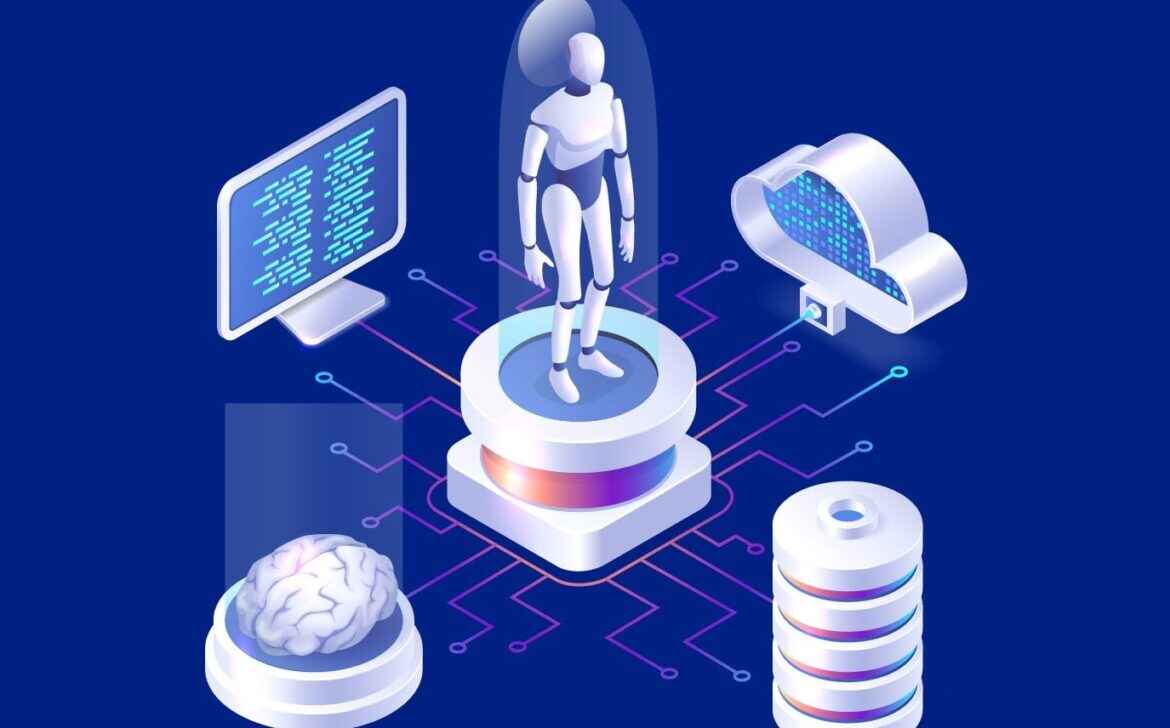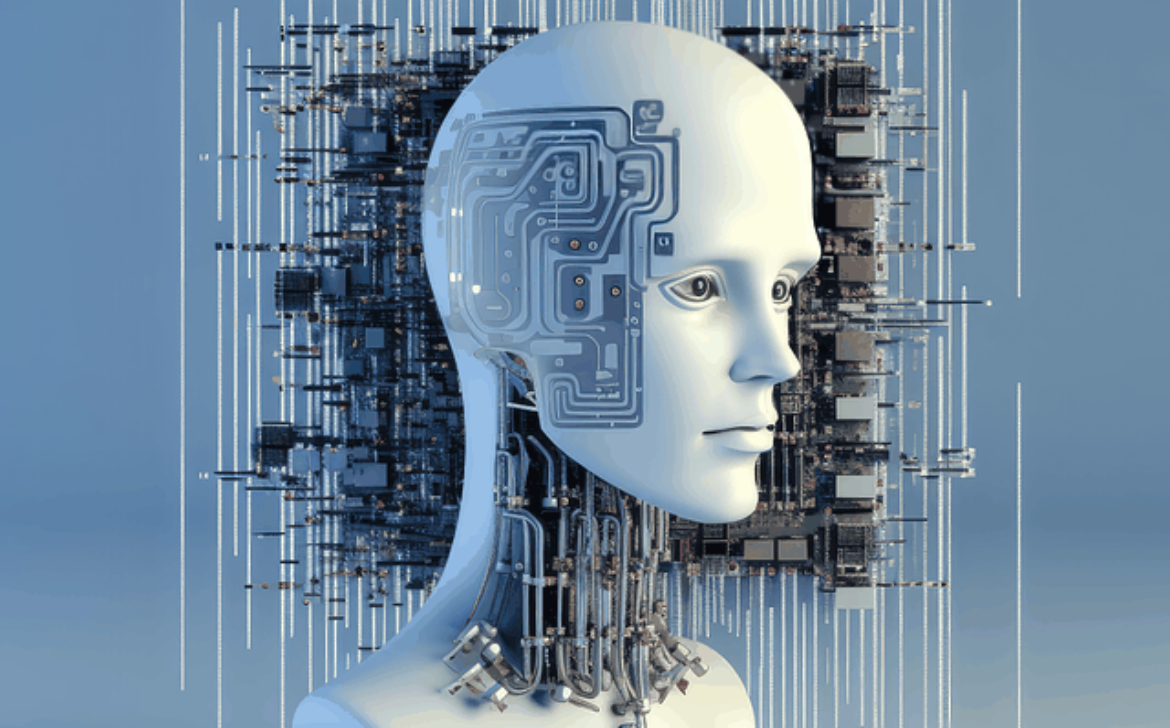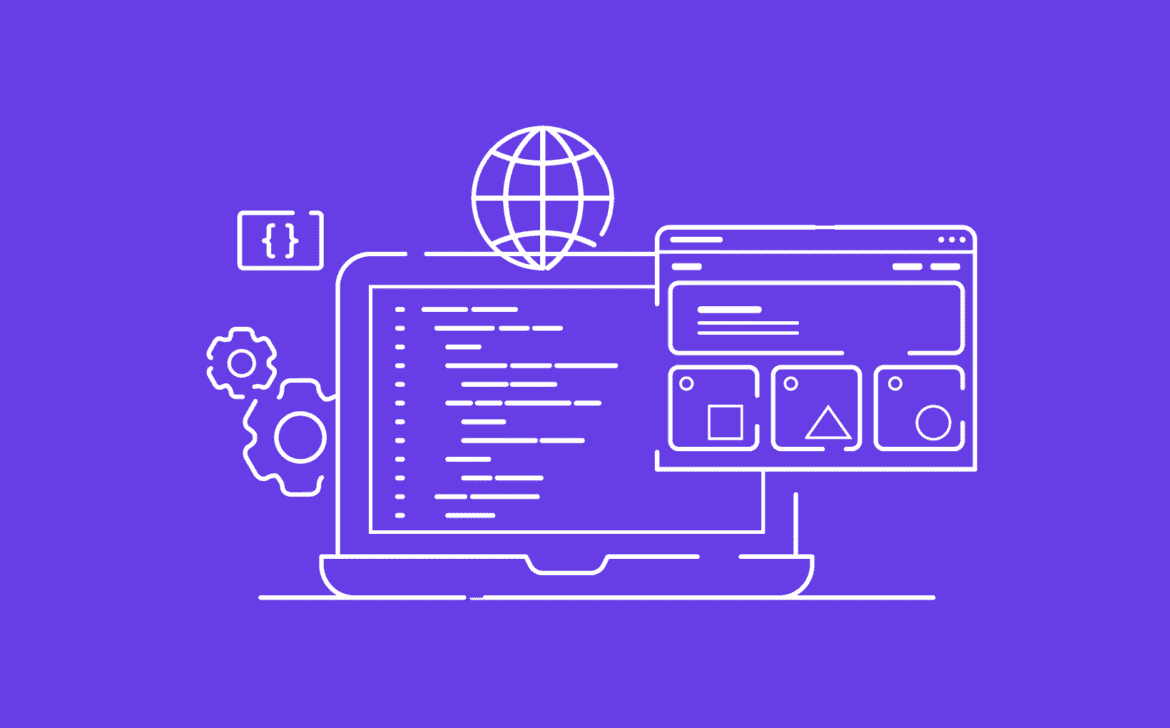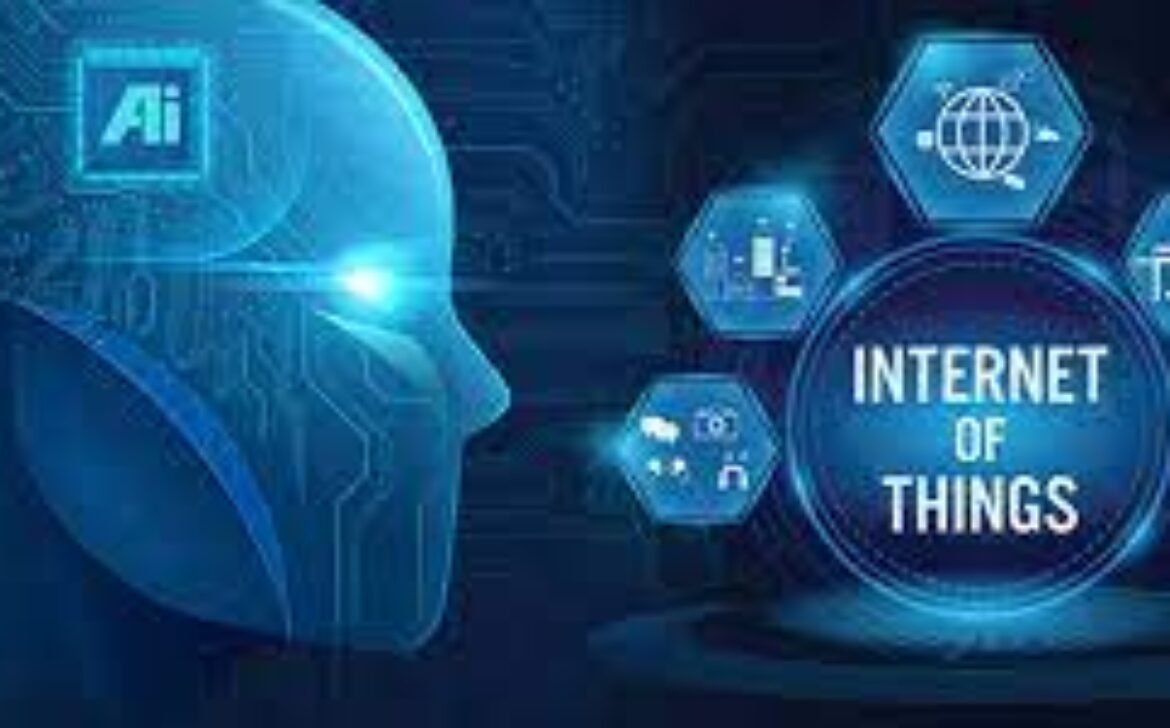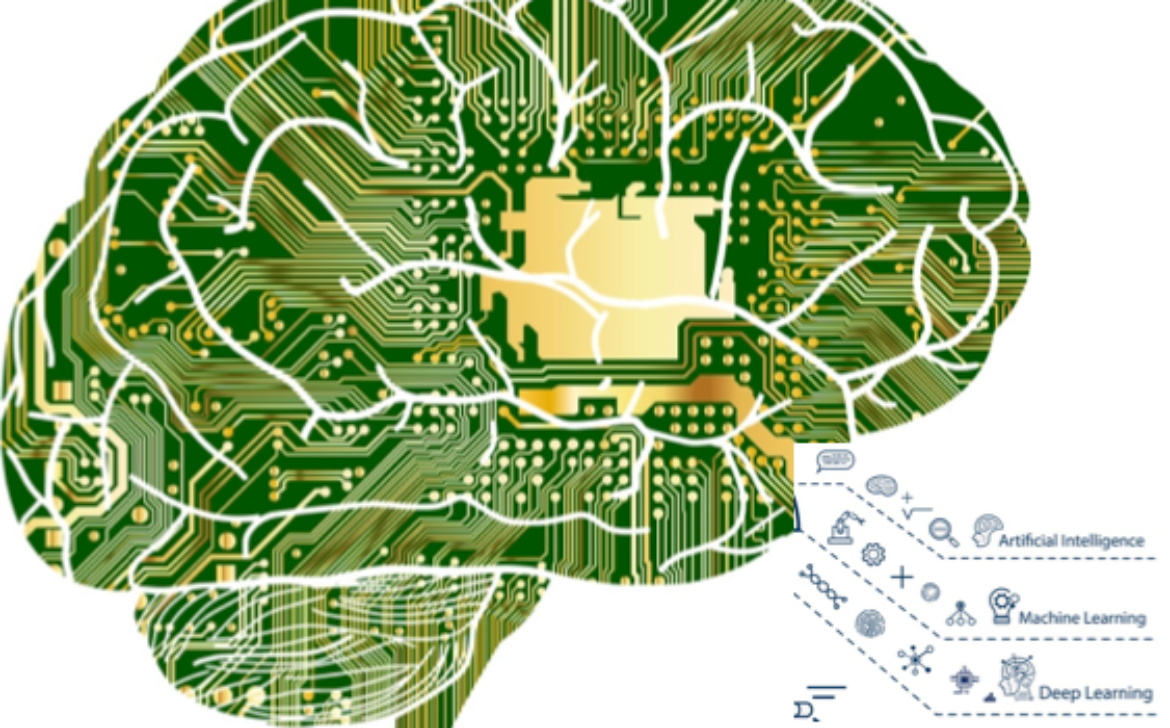Best Practices to Measure Software Engineering Performance
In the dynamic realm of software engineering, gauging performance effectively stands as a cornerstone for project success. As projects expand in complexity, having a well-crafted arsenal of performance metrics and strategies becomes indispensable. In this article, we will explore the finest strategies to measure software engineering performance, empowering teams to optimize their processes and deliver impeccable software solutions.
1. Craft Clear Objectives for Precise Direction: Laying the groundwork for measurement begins with defining crystal-clear objectives. Align these objectives with your project’s overarching goals. Are you striving to enhance code quality, speed up development, bolster customer satisfaction, or all of these combined? Concrete objectives will steer your metric choices and their interpretation.
2. Cherry-Pick Meaningful Metrics for Actionable Insights: Selecting the right metrics is akin to unearthing gold nuggets of insights. Dodge superficial metrics that don’t genuinely reflect the software development cycle. Instead, focus on metrics that provide actionable, transformative data. Some high-impact metrics include:
- Lead Time: The interval from feature inception to deployment.
- Cycle Time: The period taken for a complete development cycle, from code commit to deployment.
- Code Churn: The velocity at which code is added, altered, or removed within a set timeframe.
- Defect Density: The count of defects discovered in a unit of code.
- Code Review Efficiency: Time taken to complete code reviews and the iterations needed.
- Deployment Frequency: The frequency of deploying new code to production.
- Mean Time to Recovery (MTTR): Average duration to rebound from a software incident.
3. Set Baselines for Informed Progress: Before you revamp your processes, establish baseline metrics. This baseline will act as a reference point for gauging improvements over time. Understanding the current software development landscape is pivotal in assessing the impact of changes.
4. Harness Automation for Precision: Manual data collection is error-prone and time-intensive. Implement automated data collection tools and systems for your chosen metrics. Continuous Integration and Continuous Deployment (CI/CD) pipelines, version control systems, and project management tools streamline this process seamlessly.
5. Decipher Trends and Patterns for Illumination: Transcend isolated data points; decipher trends and patterns spanning time. This unveils recurring bottlenecks, seasonal shifts, and the repercussions of process tweaks. Visual aids expedite the spotting of these illuminating patterns.
6. Foster Collaborative Synergy: Measuring software engineering performance isn’t the prerogative of one entity. Nourish collaboration between development, testing, operations, and management units. Encourage transparent dialogues about metrics, their relevance, and alignment with project objectives.
7. Pivot from Blame to Progress Enabler: Metrics should never serve as a vehicle for blame. Redirect their purpose towards identifying improvement zones and nurturing constructive dialogues. Instill a culture of continuous growth and learning.
8. Regularly Reevaluate and Adapt: Metrics, like technology, evolve. Regularly assess the metrics in play and their significance. As projects mature, metrics once pivotal may wane in importance, while new metrics come to the fore.
9. Contextual Insights Matter: Metrics can’t encapsulate the entire software development panorama. Always consider the broader context, encompassing task complexity, external dependencies, and the unique traits of your team and project.
10. Embrace Agile Evolution: Agility is the backbone of software engineering. Remain poised to tweak your measurement strategies based on feedback and shifting project dynamics. Agility in metric adaptation ensures they stay pertinent and potent.
In summation, quantifying software engineering performance entails a holistic approach. By anchoring objectives, cherry-picking meaningful metrics, leveraging automation, and nurturing collaboration, teams can unearth priceless insights into their processes. Armed with this insight, they can make informed choices for perpetual enhancement. Remember, the ultimate goal remains delivering top-notch software efficiently and effectively.


